Hitler's bunker in April 1945
In the battles for the capital, hundreds of thousands died, including no casualties among the civilian population. Countless people left without shelter. But the end of the Third Reich came 30 April 1945, with the death of two people: Adolf Hitler and Eva Braun.
Shortly after the completion of the two-week siege, 33-year-old LIFE photographer William Wandavert arrived in Berlin. In this compilation there are his unpublished photos from Hitler's bunker and destroyed Berlin.
1. Oberwalstrasse, the center of Berlin. Here in the spring of 1945 the fiercest battles took place. (William Vandivert / TIME & LIFE Pictures)
2. Wandaivert was the first Western photographer to gain access to Hitler's Führerbunker. Some of the photographs he took were published by LIFE in July 1945, but most of the photographs in this collection have never been published. In the photo: one of the premises in the command bunker, burned down by the retreating Germans and cleared of the surviving valuables by the advancing Red Army. (William Vandivert / TIME & LIFE Pictures)
3. Painting of the 16th century, taken by the Germans from a museum in Milan. Wandaivert wrote to the editor about this: "I had to take pictures in the dark, using one candle for lighting - there was no light in the rooms. Our group was ahead of all the others who came only forty minutes later." (William Vandivert / TIME & LIFE Pictures)
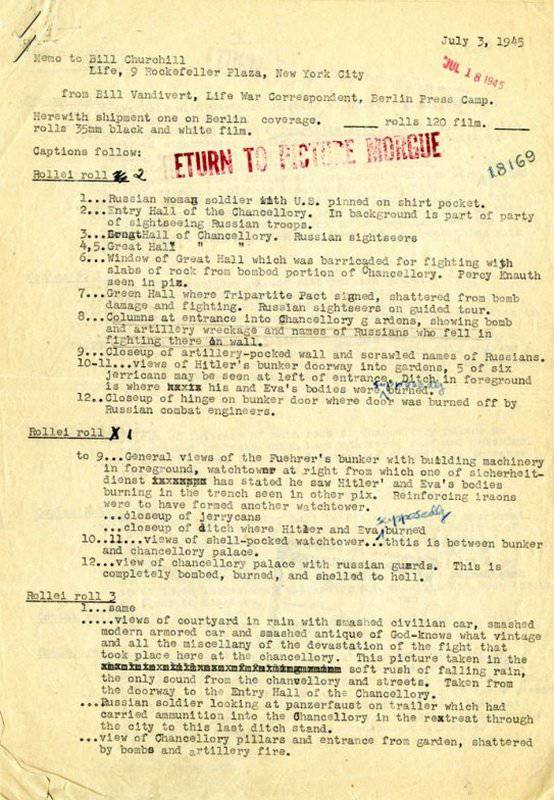
4. The first of 20 pages of Wandyvert's notes made for the New York editorial office. The photographer described not only the footage captured on each film, but also the mood and atmosphere in the bunker of Hitler and the Reich Chancellery ("a view of the Chancellery ... it was bombed, burned and shot to hell"). (William Vandivert / TIME & LIFE Pictures)
5. Lighting up the dark corridors with candles, the correspondents examine the sofa covered with blood stains. Wandaivert writes: "Photos of correspondents looking at the sofa on which Hitler and Eva Braun shot themselves. Eva sat at the far end, and Hitler in the middle. Then Hitler fell to the floor." This turned out to be only half true. Historians believe that Eva Braun committed suicide with cyanide, not with a pistol, so the blood on the couch was not Eve's. (William Vandivert / TIME & LIFE Pictures)
6. Correspondent Percy Knout examines the dirt and debris at the bottom of a trench in the garden of the Reich Chancellery, where the bodies of Hitler and Eva Braun are believed to have been burned after the suicide. Wandaivert wrote: "a broken bird feeder on a tree ... these were hung all over Berchtesgaden (Hitler's estate in the Bavarian Alps). Probably meant a lot to him." (William Vandivert / TIME & LIFE Pictures)
7. The famous "dead head" - the emblem of the SS - is barely visible under a layer of mold. The cap lies on the floor of the bunker, flooded with water. (William Vandivert / TIME & LIFE Pictures)
8. The phrase "violence and looting" sounds medieval, but perfectly describes the actions of the Soviet troops in conquered Berlin. It is foolish to deny it, because no army in stories war was not completely sinless in this sense. It is not surprising that the Soviet troops cleared the bunker of what the Germans did not take with them and did not burn during the retreat. (William Vandivert / TIME & LIFE Pictures)
9. Wandaivert writes: "almost all of Berlin's famous buildings are in ruins. In the city center, soldiers could walk for several blocks and not meet a single living soul, feeling only the smell of death." In the photo: a view of the bombed-out area of Schöneberg in Berlin. From August 1940 to March 1945, American, British and Soviet bombers carried out a total of more than 350 air raids on the city. Tens of thousands of civilians were killed. (William Vandivert / TIME & LIFE Pictures)
10. Allied troops (British, American, French and Soviet) gained control of Berlin, but this does not mean that they were resting on their laurels. Hard work was carried out to restore order in the destroyed city. The troubles of an entire people fell on the shoulders of the soldiers who wanted to return home. In the photo: Private First Class Douglas Page at the Berlin Sports Palace stands in the place where Hitler used to deliver his speeches. The building was destroyed in a bombing raid on January 30, 1944. (William Vandivert / TIME & LIFE Pictures)
11. Soviet soldiers and an unknown civilian are moving a huge eagle that used to hang over the entrance to the Reich Chancellery. Wandivert: "They put him on a car to take away as a trophy." (William Vandivert / TIME & LIFE Pictures)
12. The columns at the entrance to the Reich Chancellery and the entire lower part of the building are inscribed with the names of the dead and survivors, who, like all soldiers at all times, wanted to shame the enemy, honor their fallen comrades, or simply testify: I was here. I survived. (William Vandivert / TIME & LIFE Pictures)
13. Broken globe and a bust of Hitler among the rubble in front of the Reich Chancellery. This picture perfectly illustrates the state of Berlin in April 1945 on the eve of the Potsdam Conference. Just at this time the song "Berlin Kommt Wieder" (Berlin will be back) was becoming more and more popular in the city. And it was considered "dangerous" not so much because of the lyrics, but because of the way Berliners sang it. (William Vandivert / TIME & LIFE Pictures)
14. William Wandavert took off for LIFE from the end of 1930-x to 1948-th. In 1947, he together with Robert Kapa, Henri Cartier-Bresson and David Seymour created the agency Magnum Photo (where he worked for only a year). Wandavert died in 1992 year.
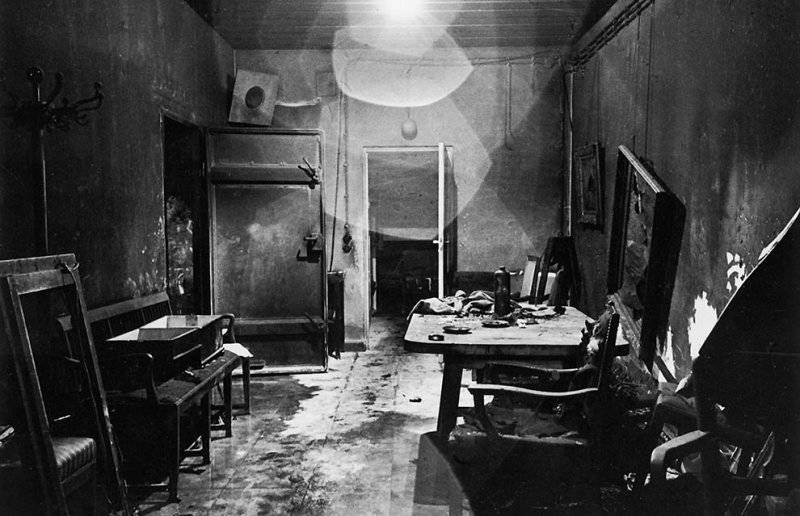
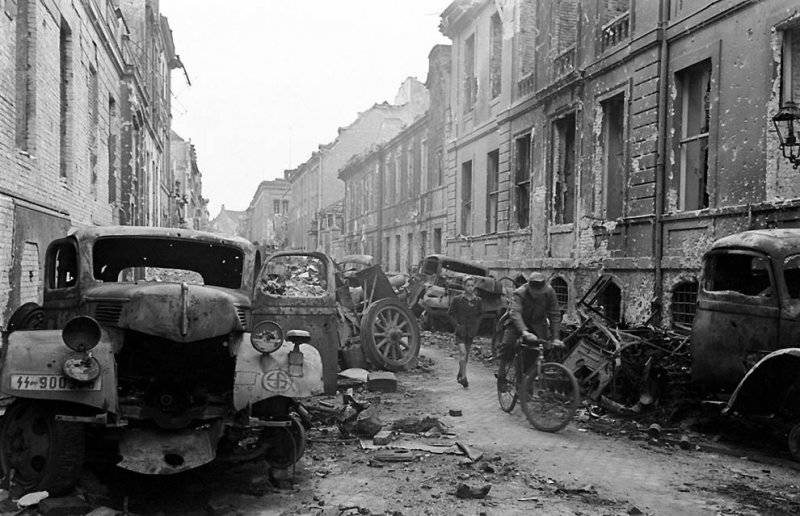
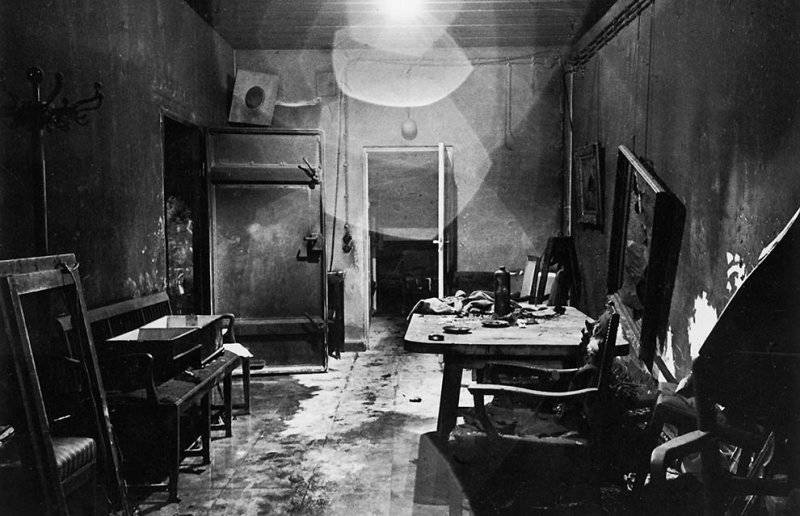
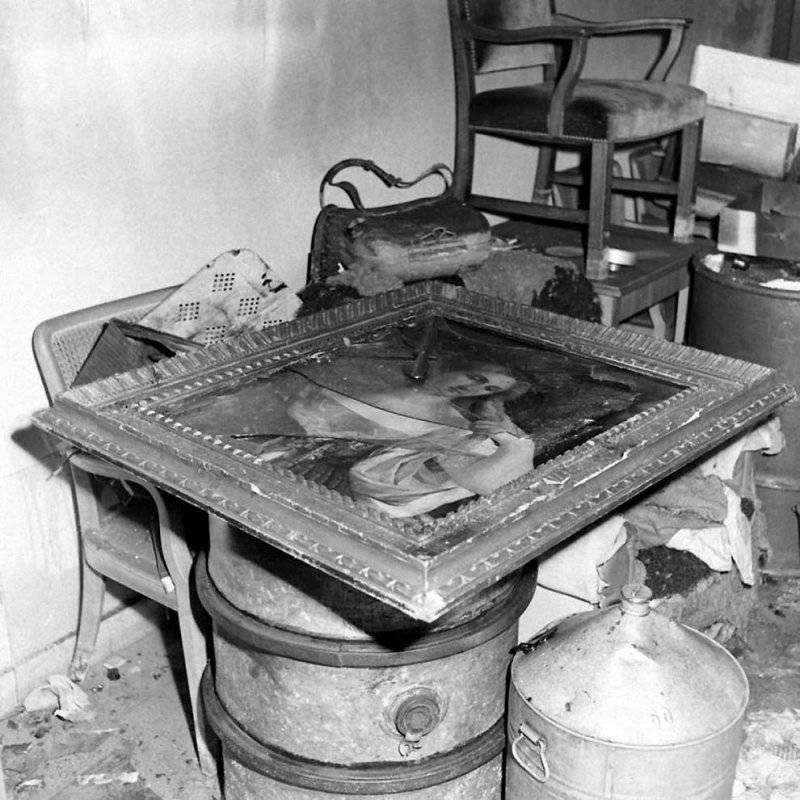
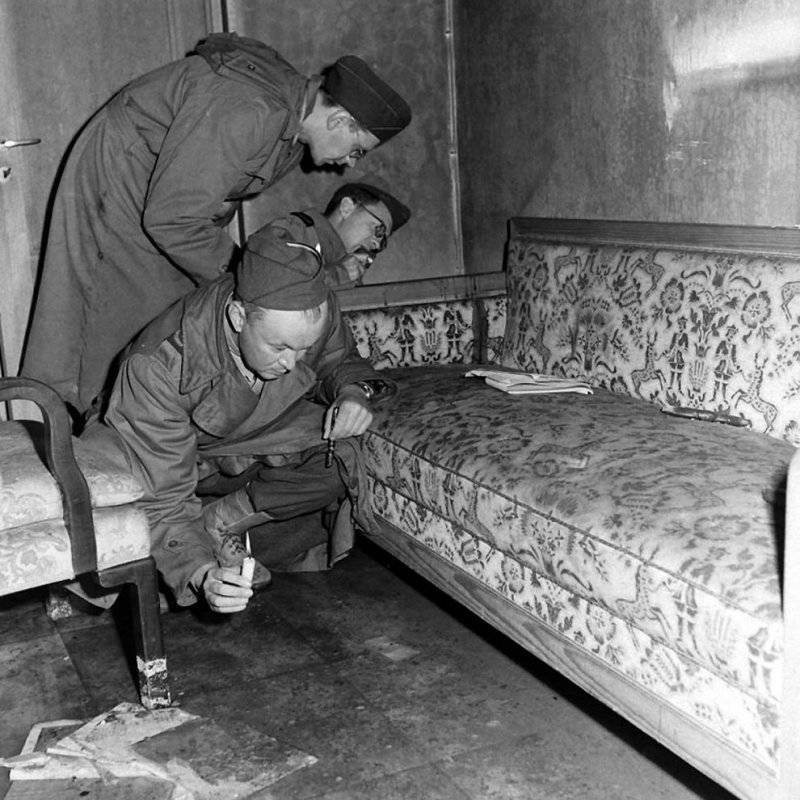
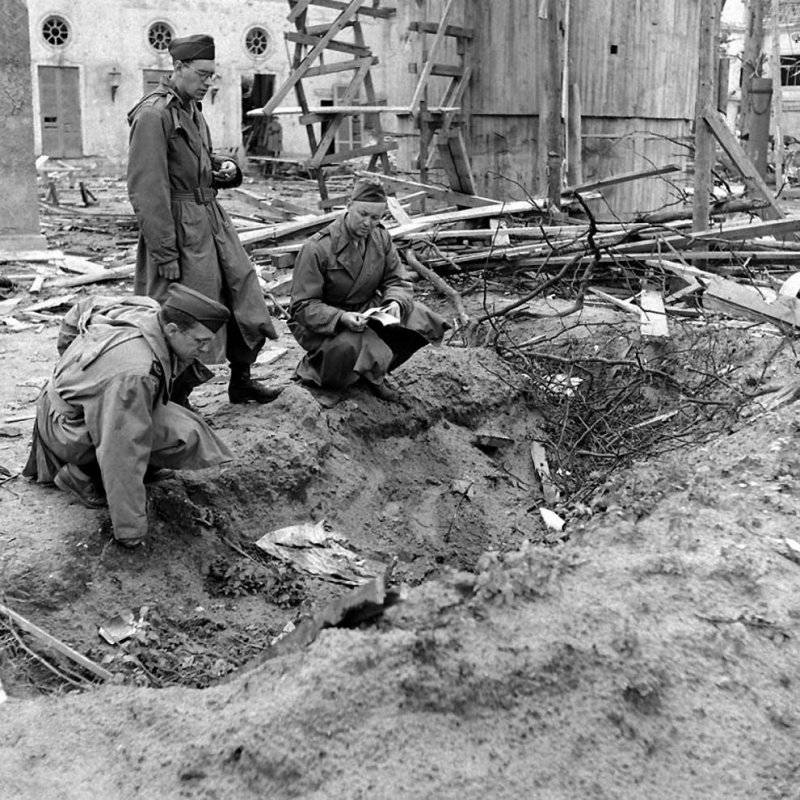
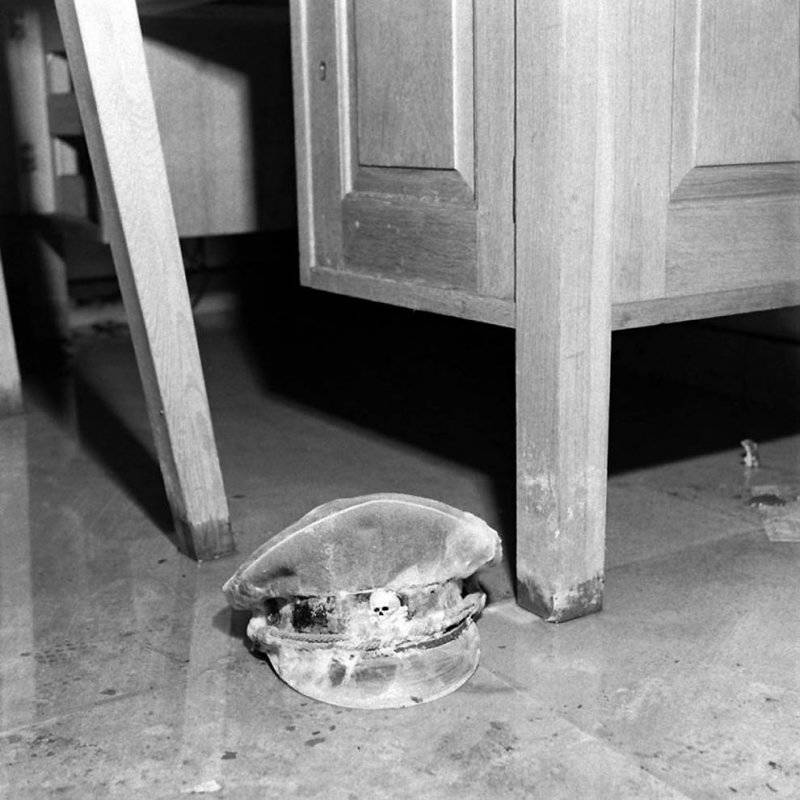
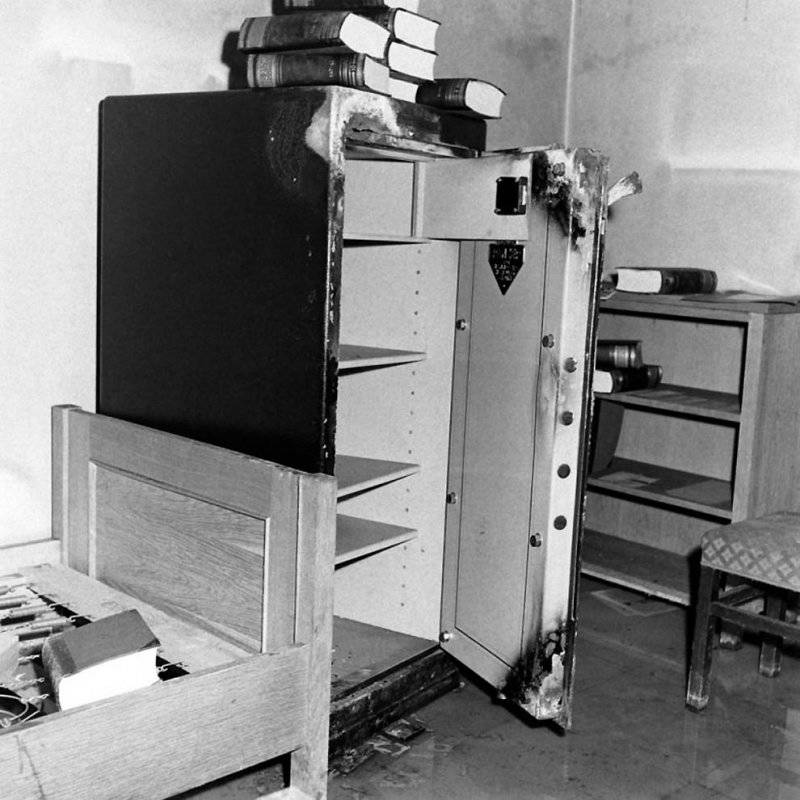
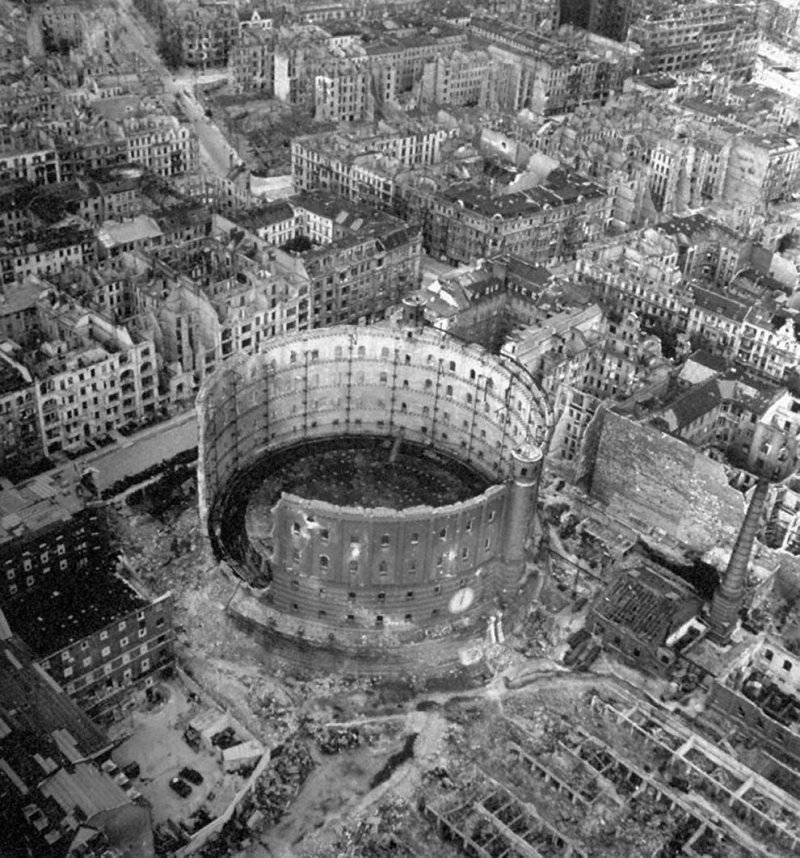
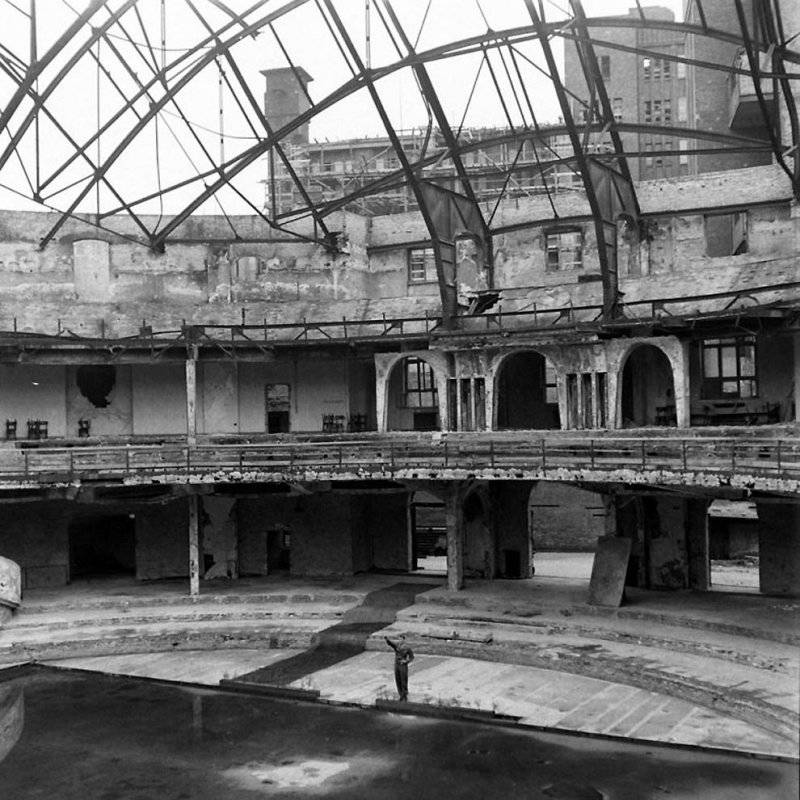
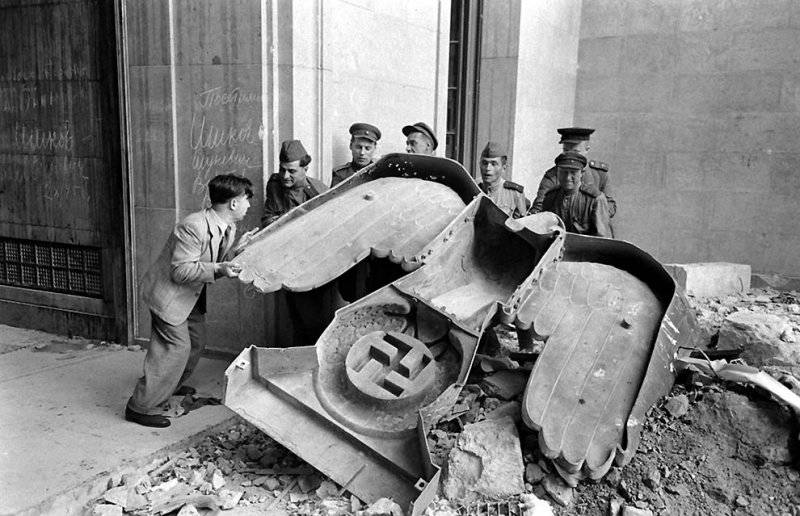
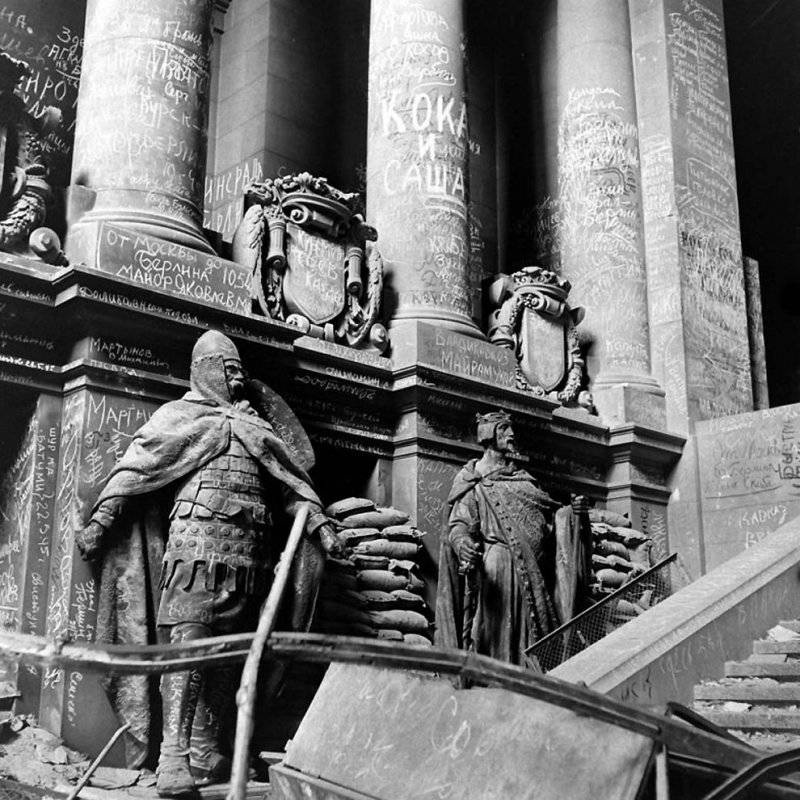
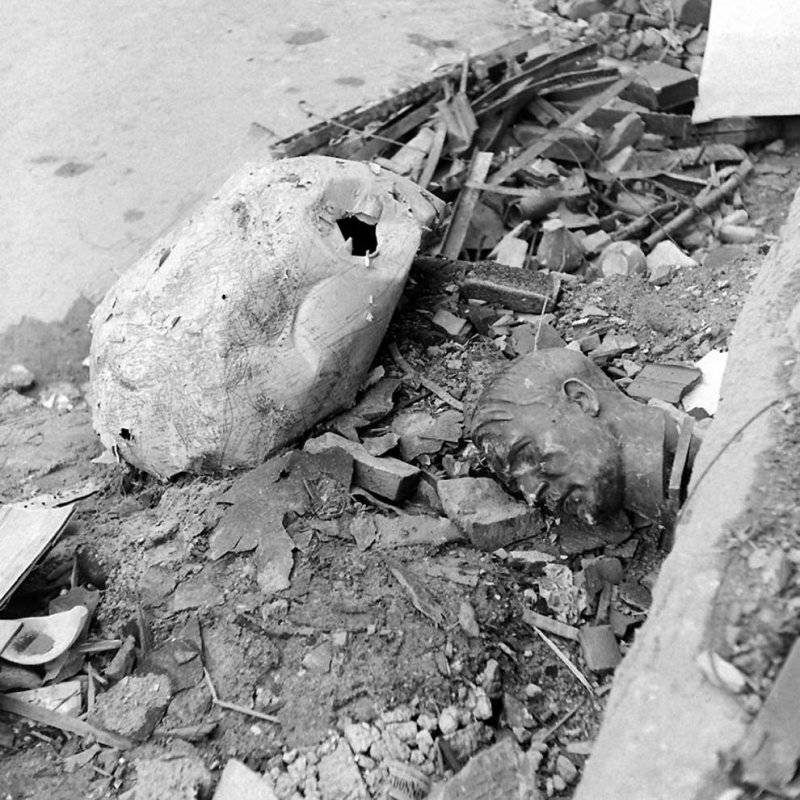
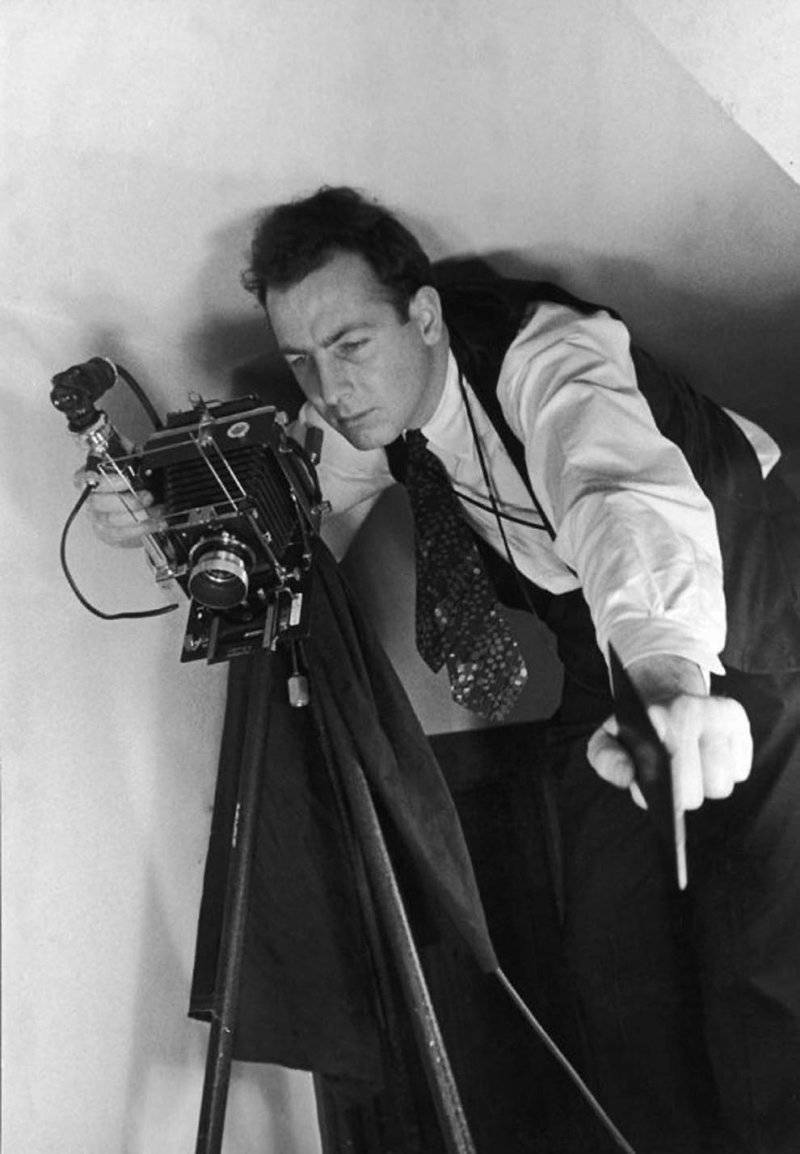
Information